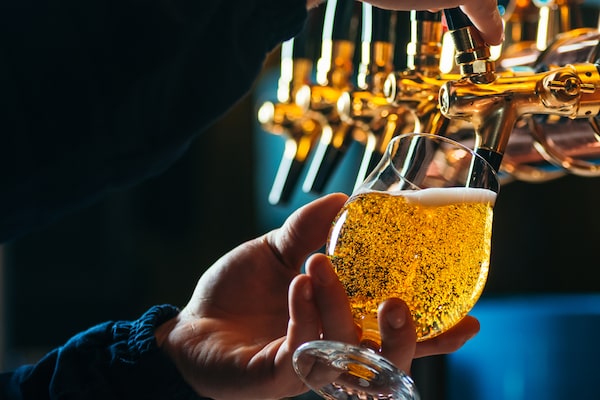
Traditional lagers and pale ales are making a comeback on the tap lists of Canada's microbreweries.Igor Sinkov/iStockPhoto / Getty Images
Perusing the list of beers at Godspeed Brewery in Toronto’s east end can feel a bit like stepping back in time. There are two pale golden lagers of about 5-per-cent alcohol, alongside another pair of “light” lagers at 4 per cent. A dark lager and a strong one add to the throwback feel of the list, which gives a cursory nod to modern craft-beer expectations with an IPA, a fruited saison and just one “out there” offering, a strong and smoky lager.
It’s almost as if our recent mania for sour beers, hazy IPAs and lactose-laden ales had never occurred. Nobody is yet sounding the death knell for IPAs so cloudy and juicy they resemble fruit smoothies, or strong stouts that taste like birthday cake. But study Canadian brewing trends closely, and you might notice the beginnings of a return to tradition. Think: pale ales built on caramel maltiness; bright India pale ales replete with bracing bitterness; nutty brown ales; dry and roasty stouts; lagers evocative of a Czech beer hall or Munich biergarten.
Of the above, it is probably lagers that have made the biggest splash, with steadily increasing numbers of breweries finding tank space for the long, cold fermentation and conditioning required by such beers. One is Wellington Brewery, among Ontario’s original microbrewers, which introduced its Helles Lager following a two-year rebuild of its brewery.
“Our relaunch at the end of 2016 opened the door to a whole range of possibilities,” says Brad McInerney, the brewery’s marketing manager. “Based on customer feedback through social media and at our brewery store and taproom, we saw a trend towards classic, well-executed styles and wanted to distinguish what we were doing. We launched Helles in April of 2017. It’s since become one of our top three styles.”
Helles is German for “bright” or “pale” and references the golden, malt-forward and gently hoppy lager typical of Bavaria. The beer is what you’d find poured by the litre in hundreds of beer halls and biergartens across southern Germany. It’s a style that has been embraced by dozens of Canadian craft breweries of late, from Halifax’s 2 Crows (Milosh) to Toronto’s Muddy York (Gaslight Helles) and Winnipeg’s Torque (What the Helles). Even more popular is the Czech pilsner style, classically more floral and more bitter than helles, which has been resuscitated by perhaps hundreds of breweries nationwide.
Add to these other resurgent lager styles, including the firmly malty Dortmunder lager and märzen (mare-tzen) with its toasty or honey-ish malt character. There are also a growing number of 1990s-style pale ales and IPAs, either in the nutty, spicy British school or with citrusy, Pacific-Northwest-style bitterness. Taken together, you have a genuine return to craft brewing’s roots. Contrasted with some of the aptly named “milkshake IPAs” and “pastry stouts” making the rounds these days, it seems to be about time, as well.
Beers to try
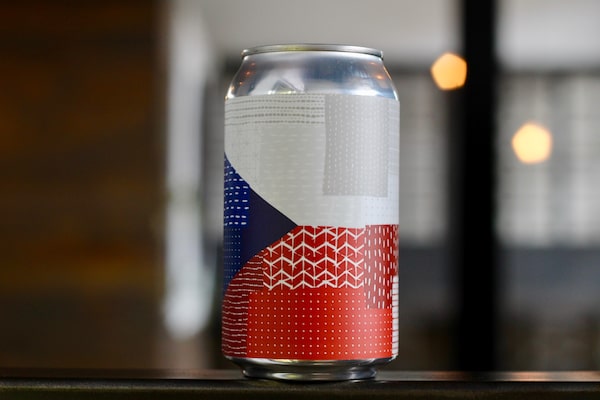
Godspeed Svĕtlý Ležák 12º What North Americans mostly know as pilsner is svĕtlý ležák (sfetlee lesh-ack) in the Czech Republic, the nation that birthed the style. This inspired interpretation is true to those roots with a fragrant, floral aroma and rich maltiness that finishes dry and moderately bitter. 5%; $3.50/355 mL or $18.96/six pack, available only through the brewery
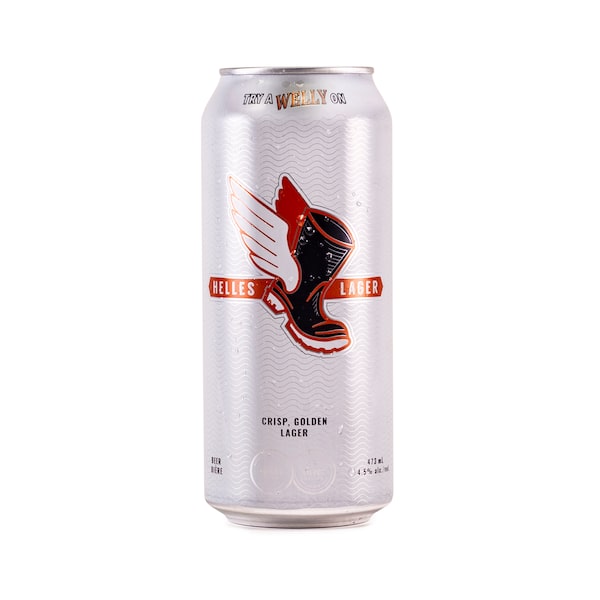
Wellington Helles Lager This quenching lager is evocative of Bavaria with its fresh, lightly cereal aroma and round, gently malty body that starts on the sweet side, turns a bit wheaty and grassy on the mid-palate and finishes bone dry. 4.5%; $3.25/473 mL in Ontario; $3.99/73 mL in New Brunswick
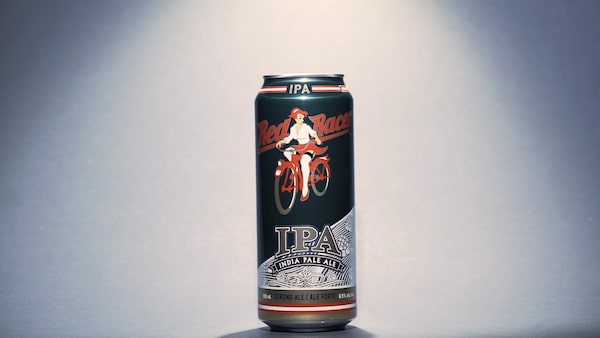
Handout
Central City Red Racer IPA Hardly a new beer, but virtually unchanged since it was first canned in 2008, thank goodness. Copper-hued and sporting citrus notes in its understated aroma, it is old school to its core with a lemony entry, nutty and grapefruity middle and lingering bitterness on the finish. $3.10/500 mL in Ontario, $11.99/4 x 500 mL in British Columbia
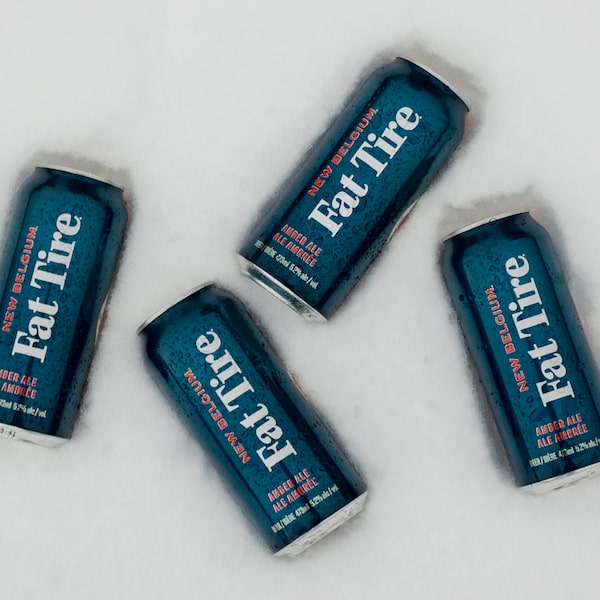
New Belgium Fat Tire Inspired by Belgian pale ale and originally brewed in Colorado, this is now produced under licence in Ontario by Steam Whistle. This quaffable amber ale has a toasty, slightly nutty nose and an off-dry, vaguely peachy body that finishes with a hint of earthy bitterness. 5.2%; $3.35/47 mL in Ontario, $13.79/6 x 355 mL in British Columbia
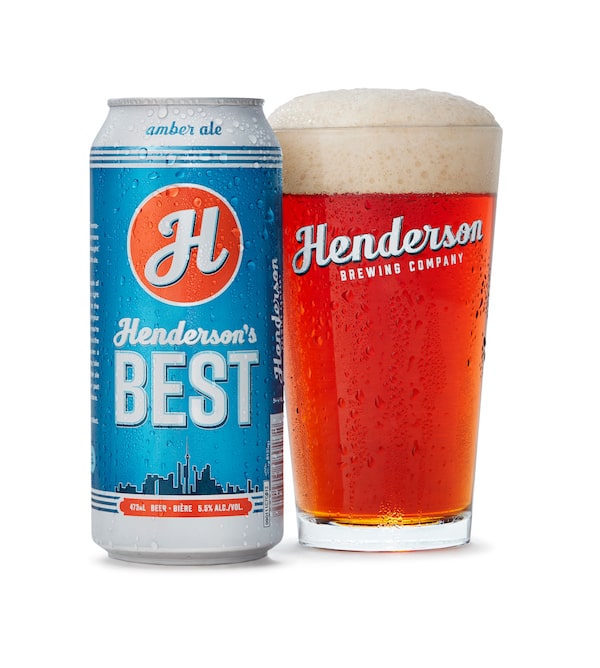
Michael Mahovlich
Henderson’s Best Best what? Why, best bitter, of course, or given its slightly elevated alcohol content, perhaps more an extra special bitter, or ESB, a classic English pub style. By either definition, it has a lovely deep amber hue with an earthy, dried leaf aroma and a toffee-ish maltiness dried to a lightly tannic finish by spicy, nutty hopping. 5.5%; $3.25/473 mL in Ontario
Plan your weekend with our Good Taste newsletter, offering wine advice and reviews, recipes, restaurant news and more. Sign up today.